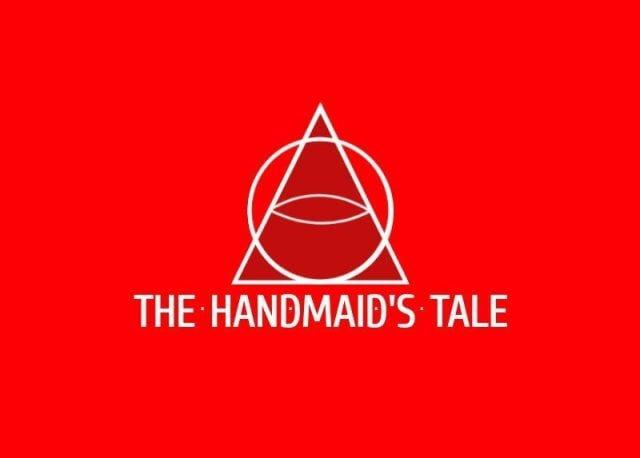Margaret Atwood‘s seminal work, The Handmaid’s Tale, offers a profound exploration of gender dynamics within a dystopian society, making it a compelling subject for analytical discourse. Set in the fictional Republic of Gilead, the novel presents a world where rigid gender roles are enforced through a totalitarian regime, stripping individuals of their autonomy and reducing women to mere vessels for reproduction. This narrative not only reflects on the extreme manifestations of patriarchal control but also serves as a poignant commentary on the historical and contemporary struggles for gender equality. By dissecting the complex interplay of power, identity, and resistance within the novel, this article seeks to illuminate the multifaceted role of gender in shaping both personal and societal realities in Atwood’s chilling vision of the future.
Exploration of Gender Roles and Power Dynamics
Margaret Atwood’s The Handmaid’s Tale presents a dystopian society where gender roles are rigidly defined and enforced, serving as a tool for oppression and control. The novel explores the extreme subjugation of women through a hierarchy that dictates every aspect of their lives. Men hold the reins of power, making decisions that shape the societal structure, while women are categorized into roles such as Wives, Marthas, and Handmaids, each with specific duties and limited rights. This division not only reinforces male dominance but also pits women against each other, ensuring they remain fragmented and powerless.
Key elements of gender roles and power dynamics in the novel include:
- Patriarchal Control: Men occupy all positions of authority, from Commanders to Guardians, leaving women with no voice in governance.
- Stratification of Women: The categorization of women into roles based on fertility and servitude highlights the reduction of women to mere functions.
- Surveillance and Punishment: A constant monitoring system ensures compliance, with severe penalties for those who deviate from prescribed roles.
- Resistance and Subversion: Despite the oppressive environment, small acts of rebellion reveal the underlying tensions and the potential for change.

Impact of Gender Inequality on Society
Margaret Atwood’s The Handmaid’s Tale serves as a chilling examination of how entrenched gender inequality can warp the fabric of society. In the dystopian world of Gilead, women are stripped of their autonomy and reduced to mere vessels for reproduction, illustrating the extreme consequences of institutionalized patriarchy. This systemic oppression is perpetuated through a rigid social hierarchy that enforces gender roles, ensuring that women remain subservient and voiceless. The societal impact is multifaceted, affecting not only the personal freedom of individuals but also the overall moral and ethical climate of the community.
- Dehumanization: Women are objectified, valued solely for their reproductive capabilities, leading to a loss of identity and humanity.
- Social Stratification: A stark division between genders creates a culture of fear and control, where power is concentrated in the hands of a few.
- Psychological Impact: Constant surveillance and manipulation result in psychological trauma, affecting mental health and interpersonal relationships.
By highlighting these aspects, Atwood not only critiques the patriarchal structures but also warns against the dangers of complacency in the face of growing inequality. The novel prompts readers to reflect on the pervasive impact of gender disparities in their own societies and consider the long-term implications of ignoring such systemic issues.

Symbolism and Representation of Gender in Gilead
In Margaret Atwood’s dystopian world of Gilead, gender roles are meticulously constructed and enforced, serving as a mechanism of control and oppression. Symbolism plays a crucial role in illustrating the stark dichotomy between male and female identities, as well as the power dynamics that ensue. The use of color, for example, becomes a powerful visual representation of gender stratification. Handmaids, clad in red, symbolize fertility and the commodification of women’s bodies, while the Wives, dressed in blue, represent a semblance of authority yet remain subservient within the patriarchal hierarchy.
The Republic of Gilead also employs representation of gender through rigid societal structures that strip individuals of their autonomy. Consider the following elements:
- Language and Naming: Women are deprived of their real names, instead referred to by possessive terms that indicate ownership, such as “Ofglen” or “Offred,” which underscores their lack of identity and autonomy.
- Architectural Design: The physical spaces in Gilead are designed to enforce gender roles, with the Commander’s office symbolizing male authority and the Handmaids’ rooms representing confinement and control.
- Religious Justification: Biblical references are manipulated to justify the subjugation of women, illustrating how religious symbolism is weaponized to maintain gender-based oppression.
Through these elements, Atwood critiques the extent to which societal structures can exploit gender for power, revealing the fragility and danger inherent in such systems.

Recommendations for Further Gender Studies in Literature
To deepen the exploration of gender dynamics in Margaret Atwood’s The Handmaid’s Tale, consider examining the following areas:
- Comparative Analysis: Investigate how Atwood’s portrayal of gender roles compares with other dystopian literature. Works such as George Orwell’s 1984 or Aldous Huxley’s Brave New World can provide a broader understanding of gender as a tool for societal control.
- Historical Context: Analyze the historical influences that shaped Atwood’s narrative. Look into the feminist movements of the 1980s, particularly the second-wave feminism, to understand how they may have influenced the portrayal of women’s rights and autonomy.
- Interdisciplinary Approaches: Incorporate perspectives from sociology, psychology, and political science to evaluate the implications of gender power structures depicted in the novel. This multidisciplinary approach can offer a more comprehensive understanding of the societal implications.
By broadening the scope of analysis, researchers can gain a more nuanced understanding of how Atwood’s work reflects and critiques gender issues, both within its fictional world and in our own society.
